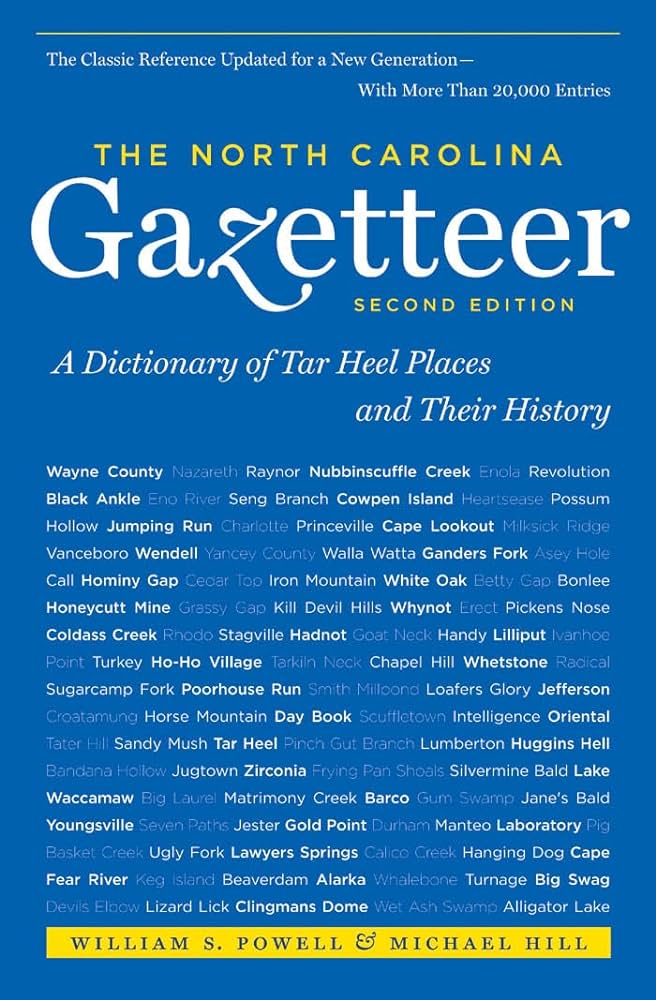|
Mecklenburg County
|
was formed in 1762 from Anson County. Located in the S central section of the state, it is bounded by the state of South Carolina and by Gaston, Lincoln, Iredell, Cabarrus, and Union Counties. It was named for Princess Charlotte Sophia of Mecklenburg-Strelitz (1744-1818), who married George III in 1761. Area: 549 sq. mi. County seat: Charlotte, with an elevation of 795 ft. Home to banks, corporate offices, and professional football and basketball teams. Townships, now numbered 1 to 15, were formerly Charlotte, Berryhill, Steele Creek, Sharon, Providence, Clear Creek, Crab Orchard, Mallard Creek, Dewees, Lemley, Long Creek, Paw Creek, Morning Star, Pineville, and Huntersville. Produces corn, wheat, oats, cotton, eggs, poultry, dairy products, processed meat, baked goods, fabricated metals, textiles, industrial machinery, canned foods, paper products, chemicals, hosiery, apparel, furniture, snack foods, software, soybeans, peaches, tires, computers, aircraft parts, electronics, and asbestos products.
|
